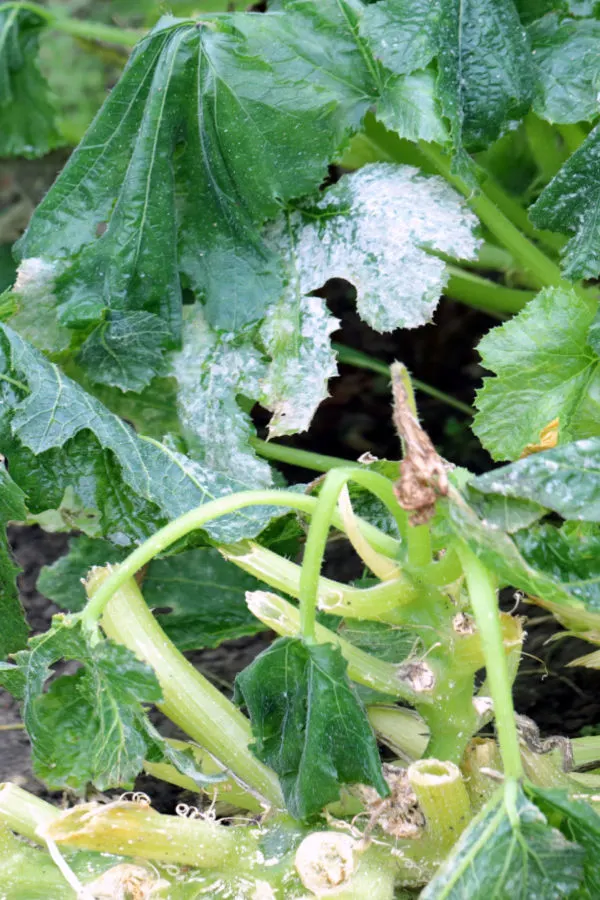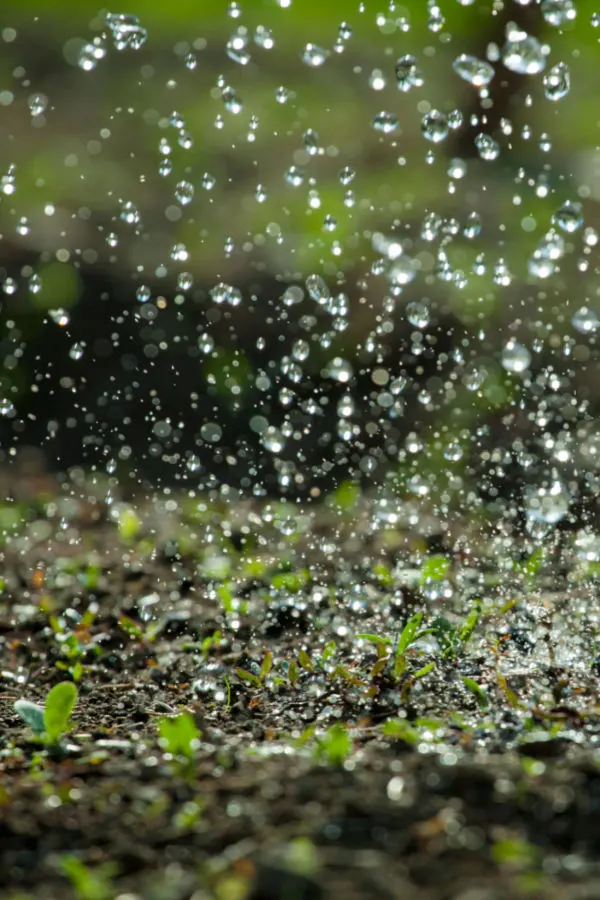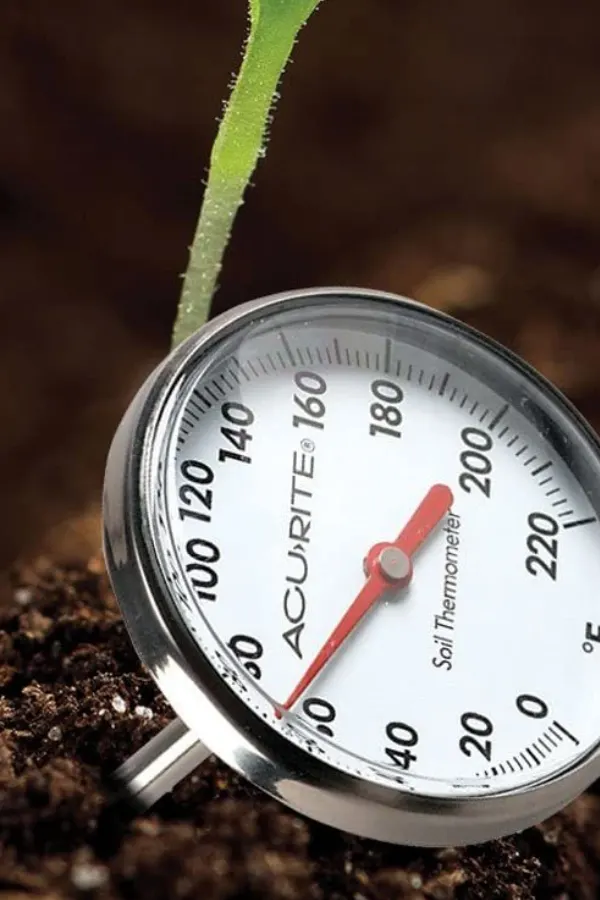Whether planting in a vegetable garden, flowerbeds, raised beds or in pots and containers, when it comes to getting your plants off to a healthy, strong start, there are three common spring planting mistakes that are critical to avoid.
As spring rolls around, it certainly has gardeners chomping at the bit to get outside. With thoughts of big blooming flowers and an overflowing harvest from the garden, it’s hard not to get excited about getting the planting season underway.
Unfortunately, the rush to plant and work in the dirt early can often lead to disappointing results. Not just for the performance of your plants, but for the soil they grow in as well. Even worse, that disappointment can carry on throughout the entire season, and taking the fun out of gardening in the process.

The good news is that by simply avoiding a few key but common early missteps, you can all but ensure your plants and your soil will be healthy, strong and productive. And for all season long too. With that in mind, here is a look at three of the biggest spring miscues that take place, and how to keep from making them!
The 3 Most Common Spring Planting Mistakes – And How To Avoid Them!
#1) Working The Soil When It’s Too Wet
Good plant health starts with good soil structure. Soil that is loose and clump free can allow air and nutrients to your plant’s roots. Soil that is mucky, wet and full of clods can actually do the opposite and suffocate tender young seedlings and transplants.
That said, there is no better way to stunt a plant’s growth than by planting it in wet, clumpy soil. Likewise, there is no better way to ruin your soil’s structure than tilling it or digging in it when it is full of moisture.
In the earliest stages of spring, the soil is usually full of moisture. Winter snow melt and rain, followed by even more cold spring rain leaves the soil saturated. Unfortunately, working it at this point can create lasting issues for your plants and soil all season long.

As wet soil is tilled or dug, it begins to clump. In the process, it packs together air channels that were present that can help drain away excess moisture. That hard-packed soil also suffocates the life out of important organisms, worms and more that live in the soil and help to make it healthy.
Let Your Soil Dry Out…
Always allow soil to dry out before planting anything. When digging in flowerbeds or the garden, soil should fall of the shovel and be clump free before planting in. This advice is even more important if you till your garden space.
Tilling wet soil can ruin soil structure in an instant. It is just one more reason we love the no-till Raised Row garden method best – not only does it eliminate tilling entirely, it allows you to work in your garden much earlier in the season! See: How To Create A No Till Raised Row Garden – Garden Easy!
#2) Planting Too Early – How To Avoid The 3 Most Common Spring Planting Mistakes
Perhaps the biggest mistake of all when it comes to spring planting is putting plants in the ground too early. Just because those gorgeous flowering annuals and vegetable plants are on display at your local nursery, don’t think it’s time to be planting them in the ground just yet!
The same goes for getting most of your seeds in the ground too. When it comes to most vegetable plants, herbs and annual flowers, planting them too soon can have devastating long term effects.
For starters, planting too early means putting plants at risk of a deadly frost or freeze. A single night of the thermometer dropping below the freezing mark can spell a quick death for plants. And if even you are able to cover them, the cool soil of early spring can cause serious long-term issues for plants.

Plants that sit in cool, wet soil can rot away quickly. The moisture swells the root system, making them unable to absorb the nutrients they need to grow. Once they can’t feed, the plants simply wither away in the soil, often dying in the process.
An early spring cold snap that plummets soil and air temperatures can also make it easy for mold and mildew to take hold. And once on the foliage and stems of plants, it can seriously compromise the plant’s health.
Allow The Soil & Air To Warm – How To Avoid The 3 Most Common Spring Planting Mistakes
Always allow your soil to warm up before planting for warm weather crops and seeds. Tomatoes, cucumbers, peppers, beans, corn and other summer crops need warm soil to grow. Planting them into cold soil can shock and stunt them. Sometimes so much they can’t recover.
Check with your local extension office to find out your area’s average last frost date. Then, to be sure, plant at least a week or two later to avoid any issues.

Remember that a few days of 70° to 75°(Fahrenheit) temperatures does not mean your soil is warm enough for planting. In fact, it can take a solid week to two weeks to really allow soil temperatures to climb to a good planting warmth.
Use an inexpensive soil thermometer to check the soil’s temperature before planting. For best results, wait until your soil temperature reaches at least 55°(F). 60°(F) is even better as roots can quickly spread out and take up nutrients to power early growth. Affiliate Product Link – Stainless Steel Soil Thermometer
#3) Failing To Harden Off Plants – How To Avoid The 3 Most Common Spring Planting Mistakes
Last but not least, failing to prepare your plants properly for outdoor life can put them at risk right from the start!
Vegetable and flower transplants grown from seed or purchased from a nursery need time to prepare for life outdoors. This process is called hardening off, and it can be critical in allowing your plants to hit the ground running right from the start!
Up until the time transplants go into the ground, they have had an easy life. Flowers and vegetable plants have been sheltered in the home or in a greenhouse. If taken from that environment and thrown immediately outdoors, they don’t handle the sudden changes well.
The Hardening Off Process
Plants need time to adjust slowly to the wind, lighting and temperature swings of outdoor life. Without a bit of time to acclimate, they can easily fall victim to wind, strong sunlight or heavy rains that beat them down.

Think of hardening off your plants as training for a marathon. You wouldn’t go out and try to run 26 miles before training a bit. Hardening off is exactly that, training for a plant to get ready for planting day.
Set plants outside on a porch or protected area for a few days to first let them adjust. Then, slowly allow them more and more time out in the sunlight. Of course, always bring them in at night if temperatures get too cold or storms are in the forecast. Within seven to ten days, your plants will be ready for planting!
Here is to avoiding some of the biggest spring planting mistakes, and to getting your plants off to a healthy, strong start this year. Happy Gardening, Jim and Mary.
Jim and Mary Competti have been writing gardening, DIY and recipe articles and books for over 15 years from their 46 acre Ohio farm. The two are frequent speakers on all things gardening and love to travel in their spare time.
As always, feel free to email us at thefarm@owgarden.com with comments, questions, or to simply say hello! You can sign up for our free email list in the subscribe now box in the middle of this article. Follow us on Facebook here : OWG Facebook. This article may contain affiliate links.
